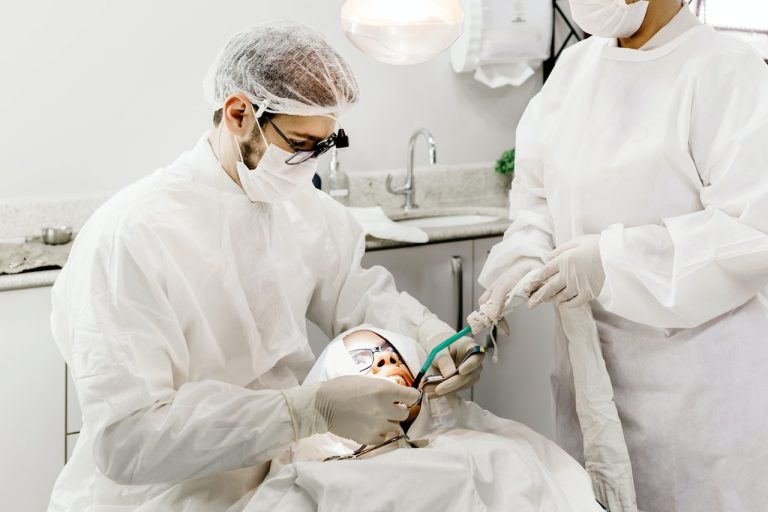
(Lower Jaw Joint) Disorders
In summary, it is a pain and dysfunction syndrome that involves the temporomandibular joint (TMJ , Lower Jaw Joint ) and/or chewing November muscles. Jaw joint disorders have affected a widespread segment today. It occurs due to Decongestion of the harmony between the joint surface and the disc.
What are the Symptoms of Lower Jaw Disorders?
– Experiencing pain during mouth opening
– Squeaking, clicking, clicking sound when opening and closing the mouth
– Limited ability to open or lock during mouth opening
– Pain or stiffness in the neck
– Headache (not to be confused with migraine pain)
– Pain felt during chewing and on the face
– The pain felt when closing the teeth on top of each other
– Feeling of fatigue in the jaw during chewing
– Experiencing difficulty and pain in opening the jaw when you usually get up in the morning
– Having difficulty yawning
– Ear aches and ringing in the ears, rumble-like sounds, feeling of blockage and pressure
– Sudden change in the shape of the union of our upper and lower teeth
– Percentage asymmetry that may be due to hyperplasia in the facial November
– Deviation of the jaw during mouth opening (sliding)
What are the Causes of Lower Jaw Joint Dysfunction?
– Direct trauma to the jaw or joint area (as a result of an accident or impact)
– Unilateral chewing habit
– Dental deficiencies
– Clenching and grinding of teeth
– Stress, depression, etc.
– Non-physiological tooth closure
– Developmental defects of the joint( hypoplasias, etc.)
– Degenerative joint disorders, osteoarthritis, arthrosis
– Autoimmune diseases, rheumatoid arthritis, lupus
– Unknown factors
Examination Methods
– Examination of the teeth and closing system
– Examination of chewing muscles
– Examination of the jaw joint
***First of all, the most important thing to be done is patient education.
Making a Diagnosis
For the diagnosis of jaw joint disorders, some auxiliary tests can also be used together with the examination. In addition, conventional or computed tomography and magnetic resonance imaging are also frequently used imaging methods. Rarely, scintigraphy or PET examinations may also be required.
Treatment
– Treatment of symptoms.
– Treatment of the underlying cause.
– Elimination of preparatory factors.
– Treatment of pathological effects.
What Are the Treatment Options?
– Patient education and preventive treatment
– Splint treatment
– Medication
– Exercises
– Physiotherapy
– Manipulation
– Psychiatric support
– Advanced treatments in late cases (Surgery, etc.)
During The Treatment Process
– It is very important to reduce the load on the joints and the patient should be removed from stress.
– Chewing gum and eating hard foods that will tire the jaw are prohibited.
– The mouth should not be opened excessively when yawning and sneezing, the jaw should be supported by hand.
– Biting movement should definitely not be made, food should be taken into the mouth in small pieces.
– One-sided chewing should not be done, foods should be chewed in such a way that they are used on both sides.
– In cases where the pain is November, until the process of contacting the doctor; painkillers, muscle relaxants and anti-inflammatory drugs can be applied.
At the End of the Treatment Process
– Early and pathological tubercle contacts are corrected.
– The closure is checked, if necessary, the patient is referred to the orthodontic department.
– If there are dental deficiencies, they are eliminated through prosthetic treatments and a neutral closure is provided.
– If the teeth clenching or grinding continues, a psychiatric consultation is requested.
As a result of these complementary therapies, the treatment process can be completed with complete success. The treatment of TMJ dysfunctions requires a multidisciplinary approach, primarily patient compliance. Along with the treatment to be applied by a TMJ specialist, it may also require a consultation with a physical therapist, psychiatrist, neurologist.
